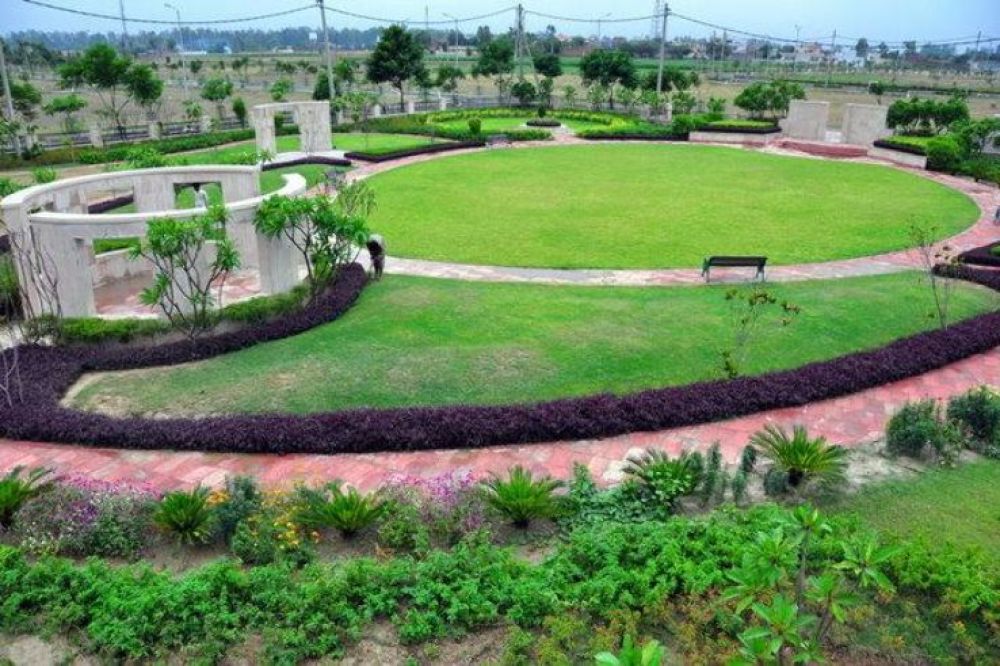

Nestled in the heart of Karnal, Haryana, Atal Park is a testament to the region's dedication to green spaces and public recreation. While Karnal itself is steeped in history, with references dating back to the Mahabharata, the establishment of Atal Park is a relatively recent development. The park was named in honor of the late Prime Minister of India, Atal Bihari Vajpayee, and since its inception, it has been a favored destination for locals and tourists alike.
Historically, Karnal was not a major tourist destination, but with the creation of Atal Park, the city has witnessed an influx of visitors interested in leisurely pursuits. The park's development was part of a broader initiative to enhance the green cover and provide a space for community gatherings, health, and fitness activities, which subsequently contributed to the rise of local tourism.
Atal Park has played a significant role in promoting eco-tourism within the city. With its well-maintained trails, lush landscaping, and tranquil ambience, it serves as an urban oasis in the rapidly developing city of Karnal.
In recent years, there has been a noticeable shift in the tourism landscape, with an increasing emphasis on sustainability and wellness. Atal Park aligns perfectly with these trends, offering a green retreat where visitors can engage in physical activities or simply enjoy the serenity of the natural environment.
Some of the current trends observed at Atal Park include:
Tourists visiting Atal Park can also explore the historical landmarks of Karnal, such as the Karnal Fort and Kalandar Shah's Tomb, thus combining their love for nature with a touch of historical exploration.
Atal Park is more than just a lush, green space in Karnal; it is a hub for community interaction, a haven for nature lovers, and an embodiment of the city's commitment to sustainable tourism. With the trends tilting towards eco-friendly and health-oriented travel, Atal Park continues to be a pivotal element of Karnal's tourist attractions, inviting visitors to experience the restorative power of nature within an urban setting.